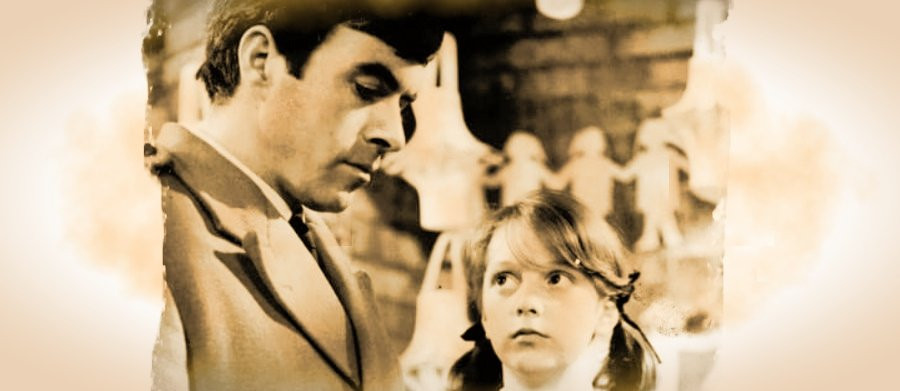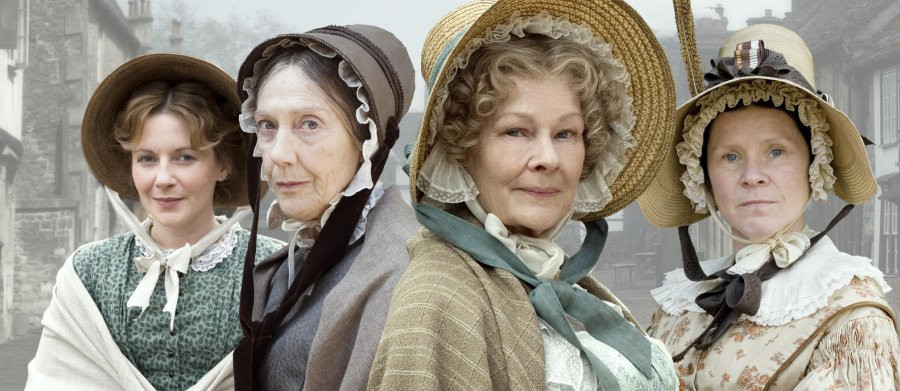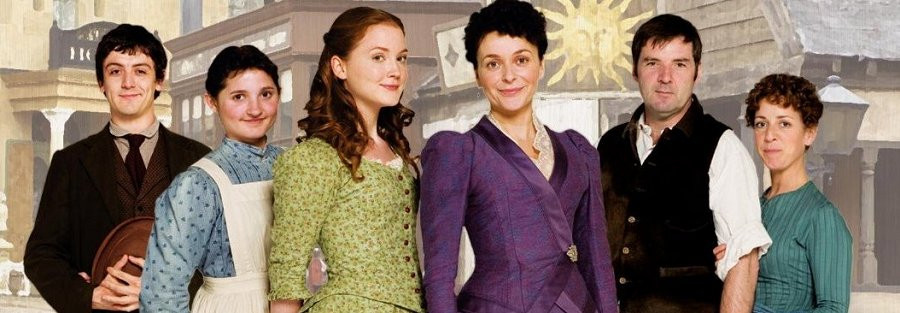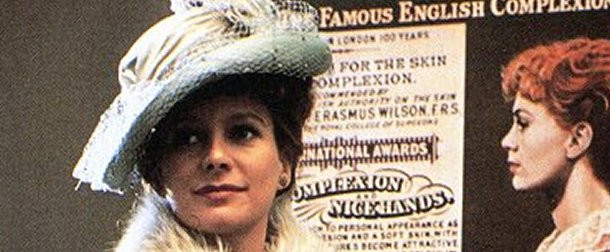
Lillie
1978 - United KingdomA Sumptuous Portrait of a Victorian Icon
In 1978, London Weekend Television brought to the screen a lavish 13-part costume drama chronicling the extraordinary life of one of the most talked-about and flamboyant women of the Victorian era: Lillie Langtry. A sharply produced period piece, Lillie offered a compelling dramatisation of a woman who left an indelible mark on every life she touched—from Oscar Wilde, who wrote Lady Windermere’s Fan for her, to Judge Roy Bean, who named a Texan town after her, to the future King of England himself, who became utterly besotted. George Bernard Shaw once remarked, “I resent Mrs Langtry. She has no right to be intelligent, daring and independent as well as lovely. It’s a frightening combination of attributes.”
Born Emilie Charlotte Le Breton in 1853 at St Saviour’s Rectory on the island of Jersey—where her father was the Dean—Lillie’s remarkable journey began early. By the age of fourteen, she had already received her first marriage proposal. Described as the most beautiful girl on the island, her flawless complexion earned her the nickname “The Jersey Lily”. Yet even then, the confines of Jersey life felt too small for such an intelligent and ambitious young woman. In 1874, she married Irish landowner Edward Langtry—not necessarily out of love, but perhaps out of a desire to escape. Edward, though not wealthy, owned a yacht and promised a life in London, which proved too alluring to resist.
However, life did not unfold quite as planned. Rather than moving to the capital, the couple settled in Southampton, where Lillie contracted typhoid fever. Her doctor, who had fallen for her, urged Edward to move to London to aid her recovery. This marked the beginning of Lillie’s entrance into the glittering circles of high society.
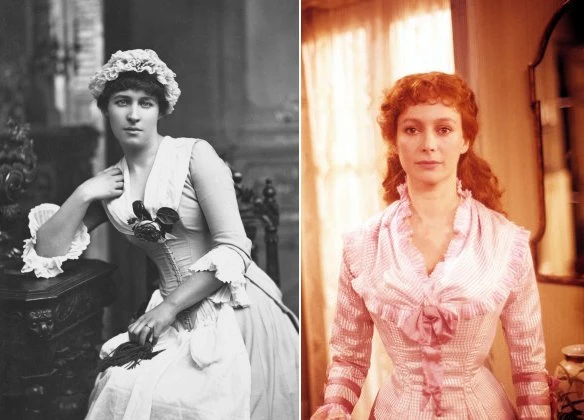
In 1876, London was arguably the epicentre of the world, and it was here Lillie longed to be. Attending a reception hosted by the 7th Viscount Ranelagh—still in mourning for her brother—Lillie made a striking impression by wearing a plain black dress and wearing her auburn hair simply knotted. In a room filled with opulence and flamboyance, her understated elegance stood out. Oscar Wilde would later say she appeared “like Venus from the Jersey foam”. Her beauty captivated those present, including artist John Millais, who soon painted her portrait, and young illustrator Frank Miles, who sketched her throughout the evening.
But it wasn’t just her looks that drew admiration. Guests were equally struck by Lillie’s charisma, confidence, and conversational ease. Within days, invitations from all corners of society began to pour in. Miles’ drawing of her outsold all other society postcards, and talk of Lillie Langtry was on everyone’s lips. It wasn’t long before she was welcomed into the elite social circle known as "The Marlborough Set", headed by the Prince of Wales, Albert Edward—later Edward VII—and including luminaries such as Whistler and Wilde.
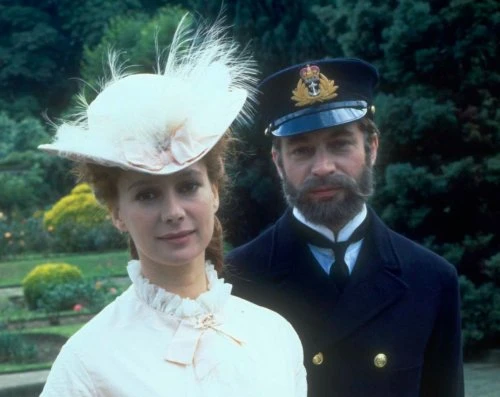
A discreet dinner party at Sir Allen Young’s London home saw the Prince seated next to Lillie and her husband strategically placed far down the table. True to form, the Prince—who was known for having affairs exclusively with married women—soon began a romantic liaison with Lillie. He even had a house built for their trysts in Bournemouth. Their relationship ended, however, after Lillie committed a social blunder at a costume ball by arriving in identical dress to the Prince. When he expressed displeasure, she cheekily dropped ice down his collar.
Not yet finished with royalty, Lillie began an affair with Prince Louis of Battenberg. However, her pregnancy prompted Louis to make a hasty escape on a two-year naval voyage. With her royal protection gone, financial pressures mounted, and in 1880 Edward Langtry was declared bankrupt. Abandoned both financially and emotionally, Lillie needed to earn a living.
It was French stage legend Sarah Bernhardt who advised her to leverage her fame and step onto the stage. Thus, Lillie became the first society woman to become a professional actress—and the first to endorse commercial products, such as Pears Soap and Watt’s Glycerine Jelly of Violets. Her acting career flourished, particularly in the United States, where she enjoyed enormous success.
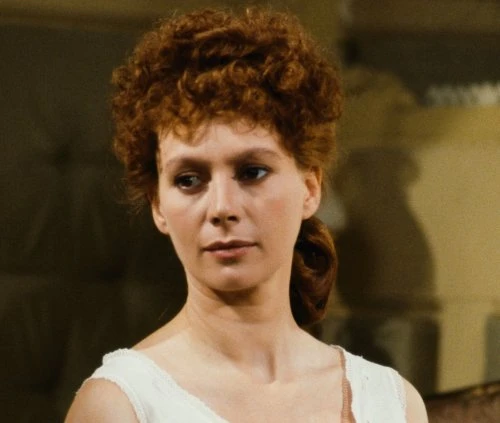
In this BAFTA Award-winning production, Francesca Annis delivered a superb performance as Lillie Langtry, portraying her from spirited youth to elderly grande dame with elegance and subtelty. Annis later remarked on her admiration for Langtry, describing her as a woman who "exploited everything and everyone, but she still managed to retain their respect". For the role, Annis wore over 200 specially designed costumes; in total, 3,000 costumes were made for the series, each layered with authentic period undergarments—corsets, bustles, and petticoats. Nearly 100 meticulously dressed studio sets brought Victorian life vividly to the screen.
Director John Gorrie praised Annis’s performance, noting that her portrayal of ageing was “an attitude of mind rather than what the eye sees... Francesca simply became Lillie Langtry”.
A sumptuous production with rich detail, a compelling subject, and a central performance of great depth, Lillie remains one of British television’s finest biographical dramas. It not only brought to life a remarkable woman who defied the expectations of her time, but also captured a society in flux, with all its charm, hypocrisy and contradiction.
Seen this show? How do you rate it?
Seen this show? How do you rate it?
Published on September 2nd, 2024. Written by Laurence Marcus for Television Heaven.



